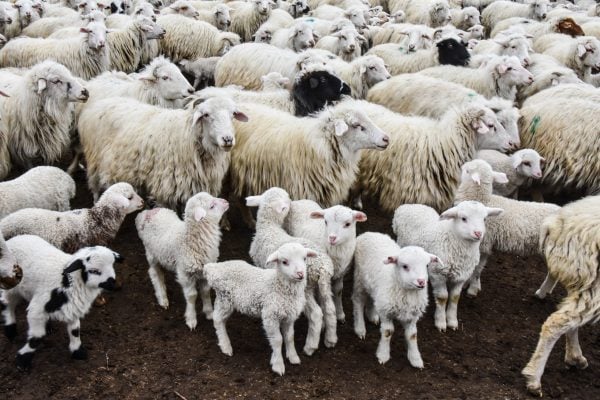What Is Herd Immunity?

It's no wonder why Dr. Fauci doesn't find achieving Herd Immunity Desirable!
HAVE YOU HEARD THE LATEST WORD ON THE HERD?
New research shows herd immunity may be here or at least a lot closer than anyone thought: So why are we rushing for a vaccine?
Many articles have been written arguing that due to the low prevalence of anti-SARS-CoV-2 antibodies in a population, herd immunity is not likely to contribute to the end of the pandemic. If that is the case, then one has to wonder. What hope is there for SARS-CoV-2 vaccines, which are designed to produce short-term immunity?
What is Herd Immunity?
Herd Immunity is the absence of transmission of a pathogen in a population when enough people can no longer transmit the infection. What, then, is the level of herd immunity needed to shut down the SARS-CoV-2 pandemic? This level is known as the Herd Immunity Threshold” (HIT) of SARS-CoV-2.”
Is it 10%, 50%, or perhaps 70% of the population? This is important information to know, because our populations may achieve this level of immunity before a vaccine comes online.
Is it 43%?
Modelers at the University of Nottingham (UK) and Stockholm University (Sweden) accounted for the fact that different groups in society have different rates of transmission because they have different levels of social activity, they concluded that herd immunity is plausible at 43%.
As low as 10%?
Based on models that account for variation within a population in response efforts to curb COVID-19 spread, an international team places the Herd Immunity Threshold at 10% - at least for the country of Portugal. https://bit.ly/3fKSVye
What Factors Create Herd Immunity? Are We Already There?
It turns out that other factors might lower HIT (the Herd Immunity Threshold) for coronavirus. In Vietnam for example, prior infections with coronaviruses appear to have provided that country with herd immunity already. In the US, the rate of T- and B-cell (long-term) immunity might be much higher than previously suspected because antibodies wane within months, thwarting efforts to accurately measure the population-level of immunity due to the limitations that waning antibodies place on antibody-based testing https://bit.ly/3fFMKeF (See https://bit.ly/3kueKFV)
A study in the journal Cell by researchers at La Jolla University found that 20 adults who had successfully recovered from COVID-19 had diverse, effective immune responses to COVID-19 - something that can only be expected if they had prior exposure to antigens similar enough to SARS-CoV-2 proteins to have already trained their immune systems. The researchers said that cross-reactive protection from prior exposure to other coronaviruses may have contributed to the patients’ ability to respond well to SARS-CoV-2 infection. https://bit.ly/2DMXF9o
Some communities are reporting levels of infection that suggest that they may be well on their way to herd immunity. A survey of people in Hermiston, Oregon for instance found that 17% of the community may already have been exposed to the virus. (see https://bit.ly/3fMzAwB). Since testing detected that half of the neighborhood selected at random had at least one positive test result, and detection of the virus in wastewater samples has been constant, the community may be weeks away from achieving herd immunity.
If people who have been infected with SARS-CoV-2 show waning antibodies, but not waning immunity, they, therefore, appear to be protected by robust T-cell mediated memory. Natural herd immunity may beat the short-term vaccine immunity to the punch.
What About COVID-19 Deaths?
The perceived trade-off of “virus-induced (natural) herd immunity + COVID19 deaths vs. “vaccine herd immunity” is offset by the rapid and prolonged immunity provided by a single viral infection. The vaccines being developed require at least two shots, separated by weeks, whereas persons with robust immune systems can “feel better” – i.e., defeat the virus – within a week. How many cases of COVID will result due to transmission between boosters? What about vaccine-induced pathogenic priming - a condition where the vaccine makes the illness worse, not better when a vaccinated person becomes- infected with the wild virus? The risk: benefit of a COVID19 vaccination program is unclear.
Check out more VAX Facts here.
